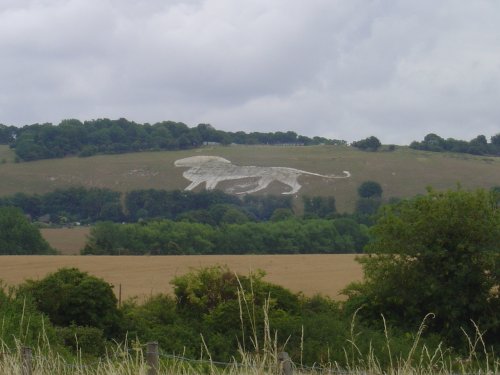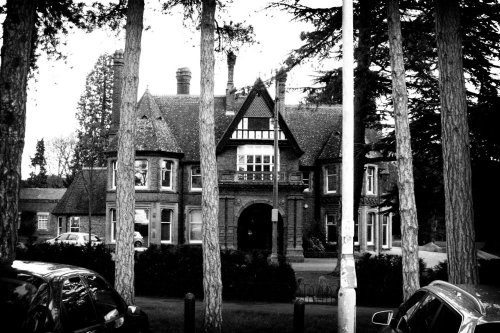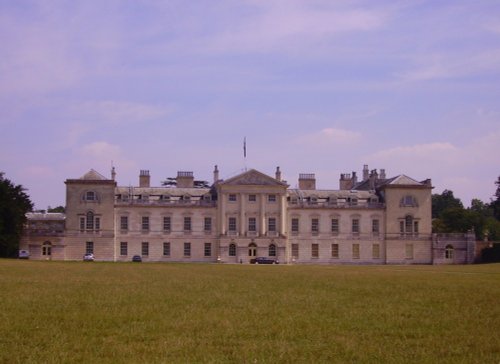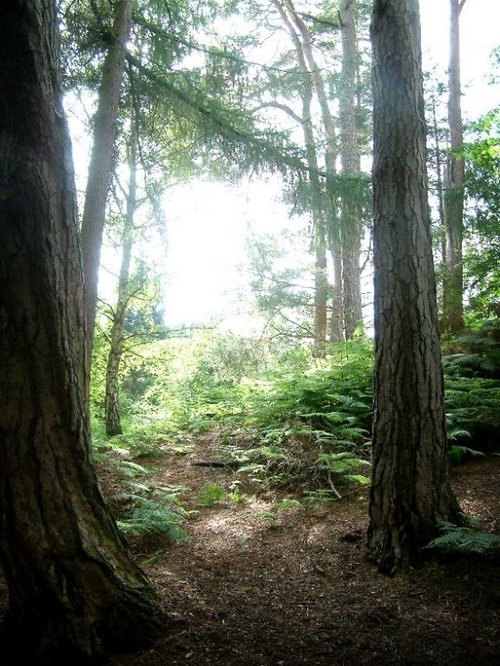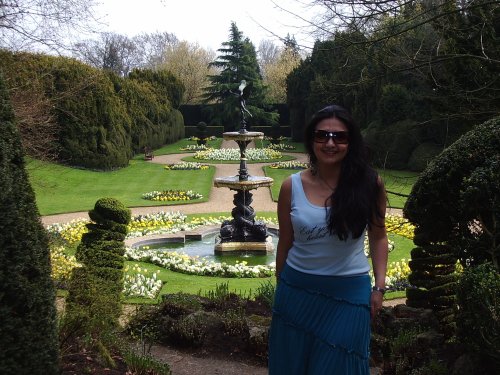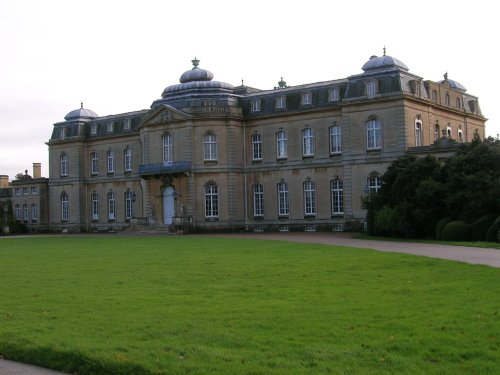Pictures of Dunstable
About Dunstable
Dunstable is a modern town, still retaining a few ancient properties from the past and some Victorian buildings.
Henry I gave Dunstable its first "Royal" charter making it a market town, this was at the time he founded the town's Augustinian priory in 1131. This became a priory of consequence, it was from here the annulment of the marriage of Henry VIII and Catherine of Aragon was pronounced in 1533. Shortly after the Dissolution the Augustinians were evicted, but parts of the priory church of St.Peter survived to become Dunstable's parish church.
St.Peter's church is renowned as one of the finest examples of Norman church architecture. The west front is quite stunning, this dates from 1170, it shows four arches above a later, 15th century doorway. From the same period, lying to the south of the church is the gateway of the original priory buildings.
Once inside, the visitor cannot fail but be impressed. The original nave, which is very wide, still remains. Huge wall shafts separate the bays, and although there has been restoration throughout the various centuries, the whole of this area of the church shows rich decoration.
The ornate rood screen has five bays and elaborate carving, this dates from around the 14th century. The font is large, circular and quite obviously Norman, the red marble pulpit is from the Victoria era, but the pulpit cloth was a donation of 1732. The Fayrey Pall, a rich red brocade cloth with figures embroidered on the borders is believed to be Flemish, this was given by Henry Fayrey, a wealthy merchant, for use a coffin cover. Other interesting features in the church are its monuments, floor brasses, stained glass windows and the Civil War shots still scarring the historic west doors.
In the town most of the older buildings to be seen are centred around the cross-roads which are part of the ancient Icknield Way and Watling Street. The Old Sugar Loaf Inn, found in the High Street is an impressive blue brick building with red dressings, this dates from 1717, it stands two and a half storey's high, with nine bays. The inn retains many original features and commemorates the days when Dunstable was a famous coaching town. The town has several other inns worthy of note, it also has more churches and historic Grove House which dates from the middle of the 18th century. Grove House is the town's administration centre, it has been recently restored and refurbished. Pleasant gardens surround this gracious old property, these provide a relaxing place to stroll, and in the summer months the gardens become a delightful venue for open-air concerts and events.
In contrast to the older parts of the town the Quadrant shopping centre is a smart modern complex offering an excellent range of both small and large retail out-lets.
Visitors to the town will find plenty to attract them, there are a few specialist antique shops, art galleries and a museum. Away from the busy town centre, to the edge of Dunstable there is the opportunity for golf, picnics in the wonderful landscape of the Tree Cathedral and Whipsnade Zoo. The celebrated country house Luton Hoo is within easy reach and there is a close by wildfowl centre.
The best views of Dunstable Downs are from the road leading towards Ivinghoe (for the Grand Union Canal) and Tring.
